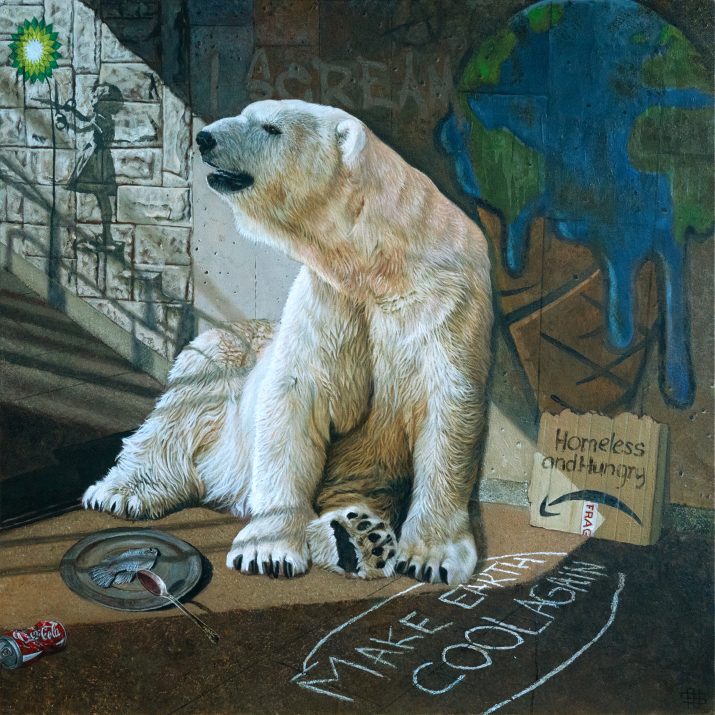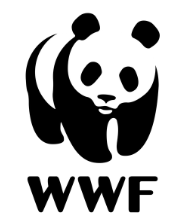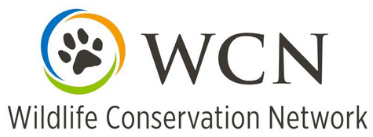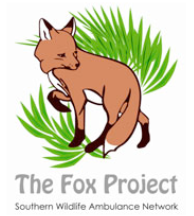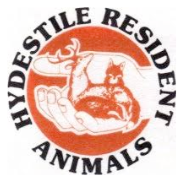The thinking behind “Homeless”
This polar bear is clearly homeless, not asking for money but for food, evidenced by the scant fish in its begging plate. It finds itself in an unfamiliar situation bathed in sunlight. The graffiti depicts melting ice cream, symbolising a melting planet, and the chalk message on the ground has a dual plea. Polar bears are among the first species to be impacted by global warming. Despite being the largest bear species and the largest land carnivores, they have adapted to a narrow ecological niche, spending most of their time on sea ice hunting seals. With the ice shrinking due to global warming, the bears are forced to spend more time on land, relying on their fat reserves. Consequently, polar bears in the Hudson Bay area are now about 60 pounds lighter than they were 30 years ago and are giving birth to smaller cubs. If current trends continue, two-thirds of all polar bears could be gone by 2050, with the species potentially extinct in the wild by the end of the century, according to Steven Amstrup of Polar Bears International.
In this painting, there are references to human causes of global warming that have accelerated the precarious changes to the polar bear’s natural environment. The silver spoon points to social inequality. There is the crushed cola can and “Homeless” sign, made from a piece of packaging redolent of a global distribution company. The background graffiti in the style of Banksy, shows a little girl as a symbol of our future generation, snipping the flower head off a fuel magnate’s logo.
100cm x 100cm. Oil on canvas.
